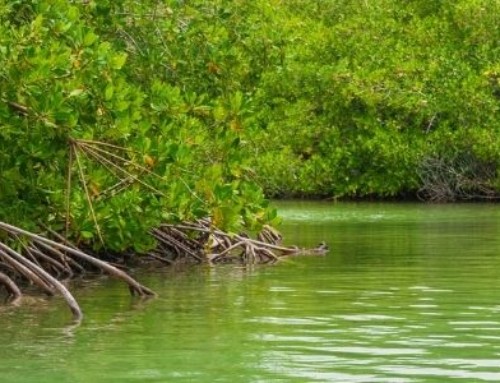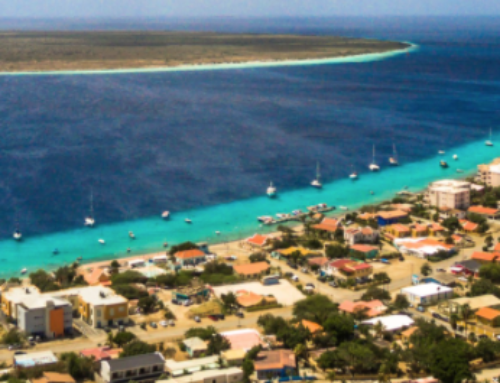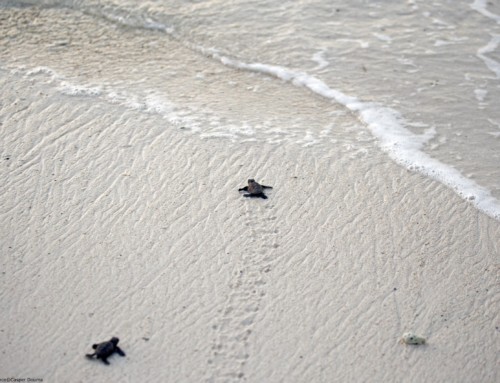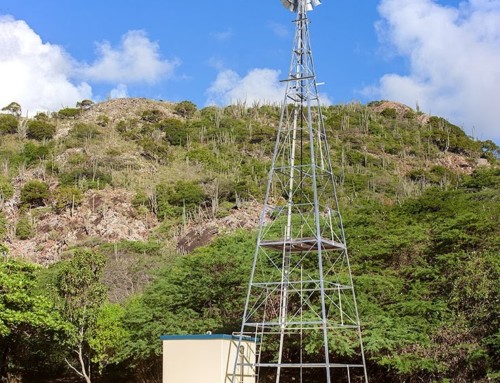Bonaire Conservation & Tourism
The island of Bonaire is famous for its conservation initiatives. It is known for being a fearless defender of the ecology, some of the projects carried by our island have been pioneering, even years ago like for example the hotel of Captain Don’s Habitat and the projects of it’s creator as the father of the diving industry of Bonaire, and one of the driving forces behind the creation of a Marine Park of Bonaire.
It is true that we don’t have long Caribbean beaches filled with palm trees and white sand, but the one who is looking for something else in the Caribbean, will see that we have more, much more that this!
Thanks to the conservation projects, Bonaire is an island of treasures inside and out of the sea, since 1961 we started protecting the sea turtles and from that date on, the list of protected species and areas of Bonaire has been growing to become the true paradise that is now, not only for divers but for all kinds of nature lovers.
What else does Bonaire have to offer aside of its tranquil waters? In this post we will talk about 5 special areas of Bonaire, 5 treasures that are of great importance for the whole world, because our little island is home to 5 Ramsar Sites!
A Ramsar site is a wetland designated by the Ramsar Convention as of great importance, because they have a function as regulators of water management and areas with flora and fauna unique to their habitats.
What are the Ramsar areas of Bonaire and what is it to see there?
1.- Lac Bay: If you take our Lac Bay Flamingo Salt tour, you can see this stunning area of 700 ha. registered because it is banded by mangroves, home of pelicans, herons and endless species of shore birds. Large part of the bottom of this turquoise waters is covered with sea grass, main feeding graze of the green turtle. We usually refer to this area as the reef’s nesting grounds of Bonaire because the mangroves offer shelter to juvenile fish and invertebrates.
2.- Klen Bonaire: Recently CIEE Bonaire has had a talk about the now and then of Klein Bonaire, an uninhabited island part of the protected Bonaire National Marine Park and surrounded by an amazing coral reef. Sea turtles often go to nest on the north and west coast of Klein Bonaire. You can get there by taking a water taxi from Eden Beach Resort, they depart daily and drop you off there, just be sure to bring enough water and sunscreen and prepare to spend a great day like Robinson Crusoe! ;)
3.- Gotomeer: When you join us on the Discover Bonaire Island Tour, right under the hill and behind BOPEC, you will see this magnificent brackish water lake that opens up to show you a sample of the big community of Great Caribbean Flamingos that inhabit our island. Usually hundreds of them can be seen here foraging, while you are surrounded by the sounds of the dozens of birds, parrots and parakeets.
4.- Slagbaai: If you are to visit Washington Park, you sure will want to stop at the beautiful slagbaai lagoon, cut off from the sea by a coral stone dam. This is also a foraging site for the flamingos, and occasionally has also served as a nesting ground for this protected species, that often can be seen on the salinas across the beach.
5.- Pekelmeer: This is the only Ramsar area of Bonaire that is not managed by STINAPA Bonaire, but by Cargill Salt Bonaire NV. The entrance is banned to everyone. Why? Because the Great Caribbean Flamingo is very shy and sensitive to disturbances! But although you will not be able to visit this sanctuary, have it mind because thousands of Caribbean Flamingos are present here, being this area one of the most important breeding places for the flamingo population of around 20000 individuals along the Southern Caribbean area!




